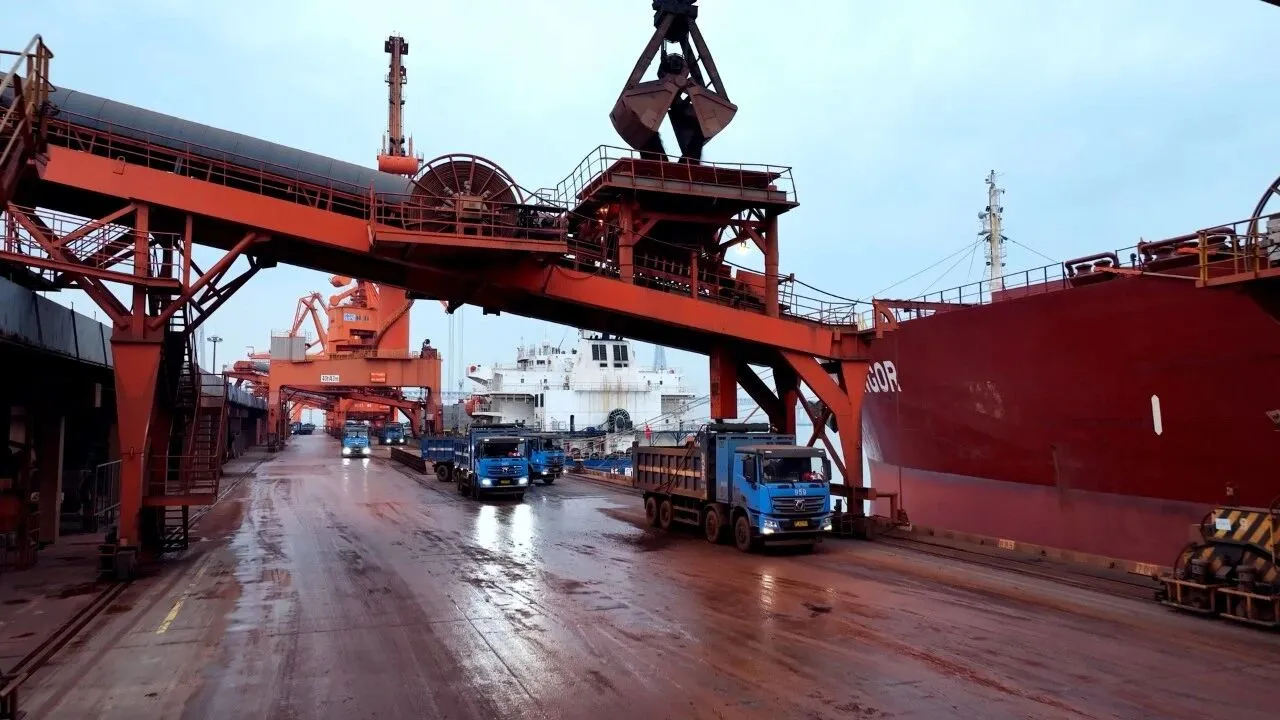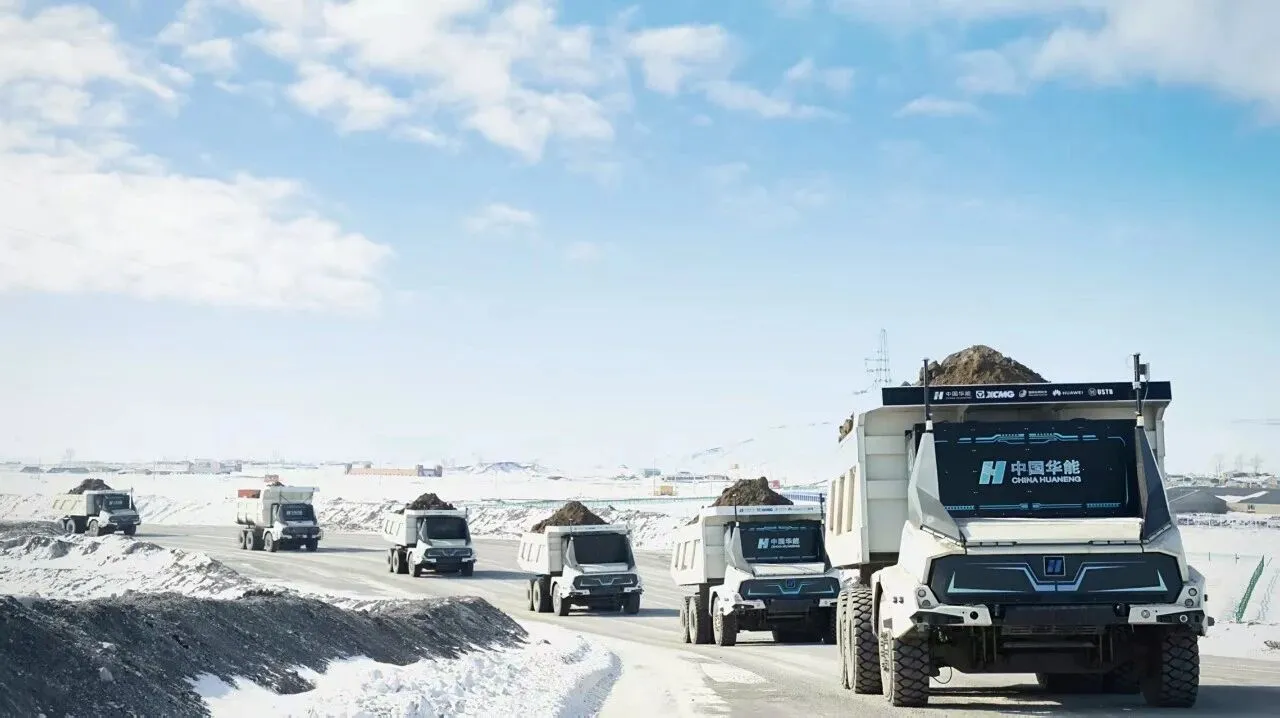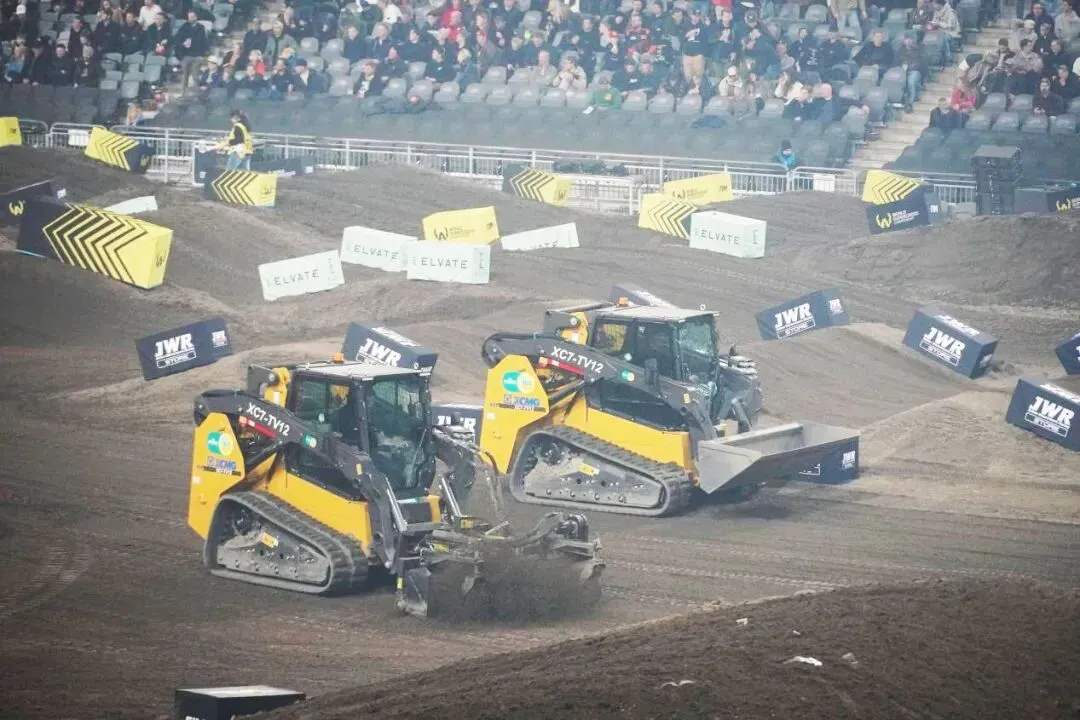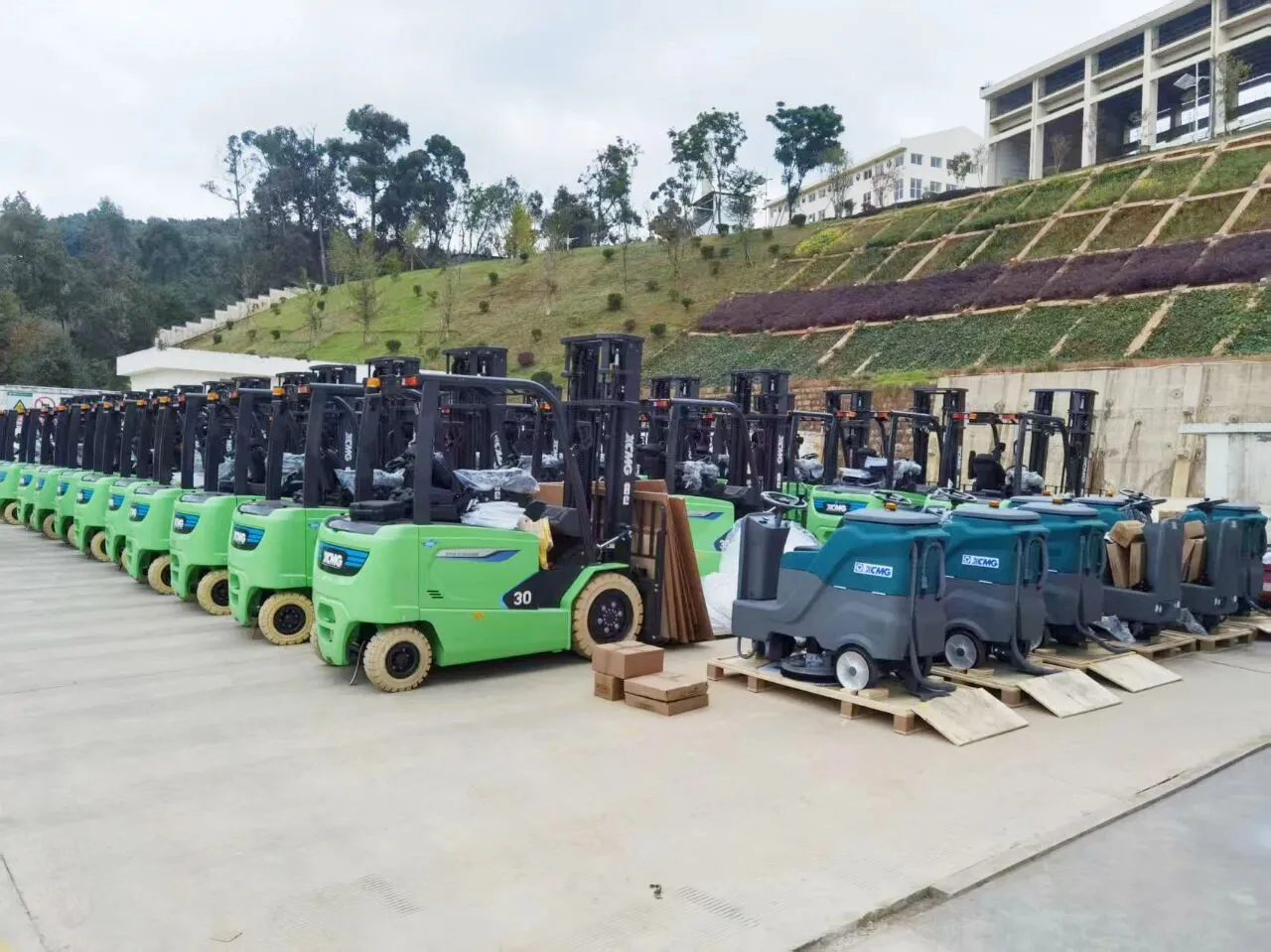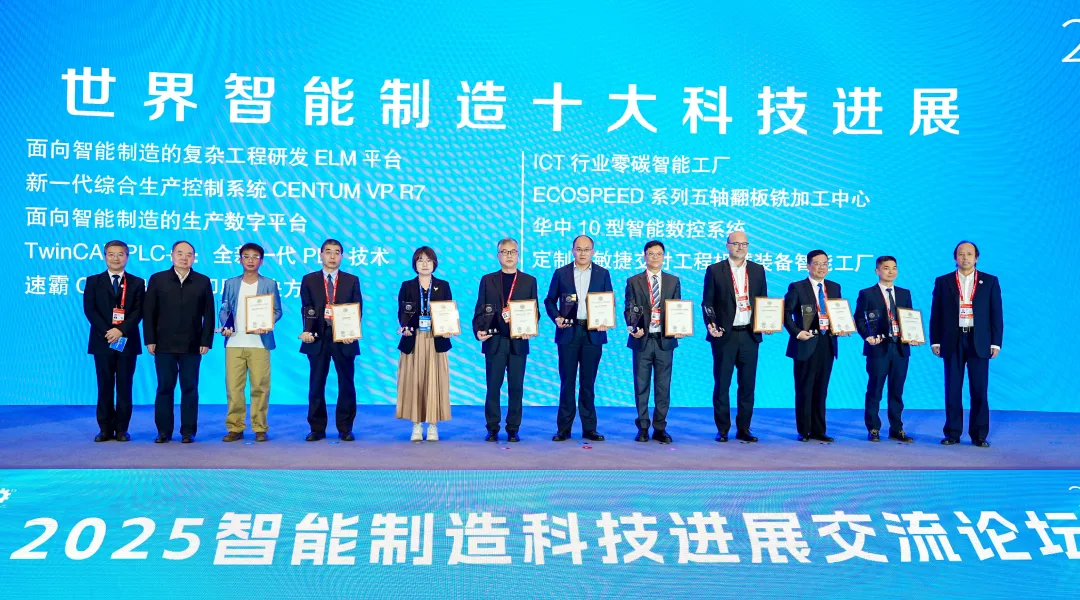How is Spot the Robot being Used on Construction Sites
Boston Dynamics
Trialled
as part of the UK government’s 5G programme, BAM Nuttall is one of the first
contractors around the world to start using a Boston Dynamics robot for site
surveys and monitoring progress. Lucy Barnard asks head of innovation, Colin
Evison, how ‘Spot’ is making a difference to construction.
Construction workers in the remote Shetland Islands,
a windswept and rugged archipelago off the coast of mainland Scotland are not
known for being easily disconcerted.
But when UK-headquartered contractor BAM Nuttall
started using a four-legged construction robot at a high voltage direct current
(HVDC) substation project in Kergord, an area of woodland three miles from the
coast, it turned heads.
“It’s difficult for
the novelty factor to wear off,” says Colin Evison, head of innovation at BAM
Nuttall as he watches Spot amble past.
“At the moment it’s like, ‘oh look there’s a robot on
the site’ and everyone just sort of stands there and watches which doesn’t do
much for productivity. But that’s just because it’s something new and something
novel. The more you get it out there during the day, the more people will just
stop paying it attention.”
Sized somewhere between a Dalmatian and an Alsatian,
his distinctive yellow and black frame standing out against the surroundings,
Spot does at first appear unnervingly cute.
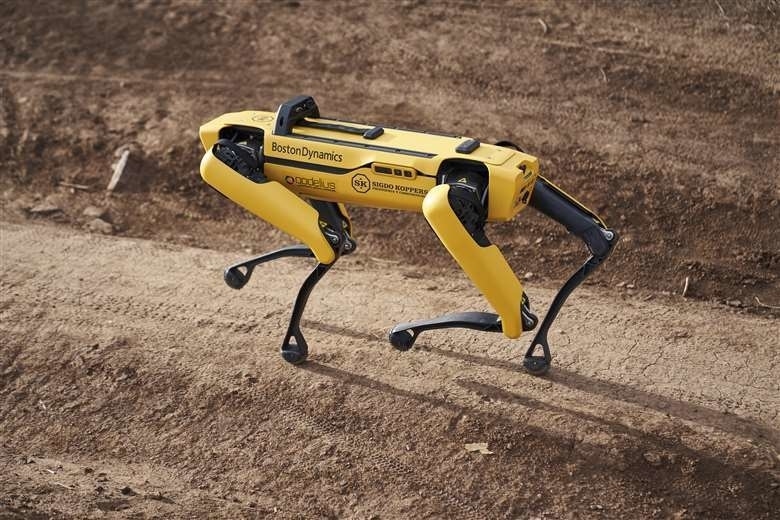
Spot the robot dog
The robot has four dog-like legs which bend
backwards, a bit like a bird’s, and instead of a head, it has a series of
sensors and other gadgets placed on a metal basket. The legs enable the robot
to climb up and down stairs as well as to walk through puddles and, AI enables
it to negotiate its way around obstacles.
“It can also look quite menacing to be honest,”
Evison adds, “When you’re in the same room and it’s coming towards you the cuteness
quickly wears off.”
In January 2022, Bam Nuttall became one of just a
handful of contractors currently using a ‘Spot’ robot on its construction site.
First launched by
US-based robotics firm Boston Dynamics in 2016, Spot robots have been leased
out to businesses since 2019 and available to purchase since 2020. The robots
have been used for a wide variety of purposes including working with
Massachusetts State Police to clear suspicious packages, identifying structural
and safety issues at the Roman ruins of Pompeii, patrolling the SpaceX Starbase
rocket testing facilities, and encouraging social distancing in Singapore.
Construction is one of the key industries Boston
Dynamics is focusing on when marketing the robots to business customers, along
with manufacturing, power and utilities and research.
In 2019 the company
signed agreements with a string of tech firms specialising in construction
software in order to make Spot more construction friendly. These include an
agreement with HoloBuilder to create an app called SpotWalk aimed at helping
Spot take frequent 360-degree photos on a construction site, partnerships with
Trimble and FARO to integrate laser scanning via Point Cloud technology into
Spot enabling the robot to create accurate 3D models of sites which can then be
super-imposed onto a BIM model to spot any inconsistencies or conflicts.
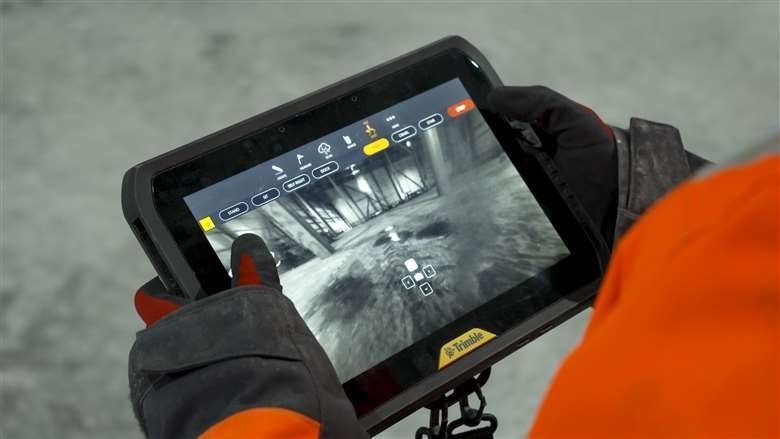
Site monitoring in construction
“Most construction
projects suffer from schedule overruns and therefore cost overruns,” says Brian
Ringley, product manager for construction at Boston Dynamics, the man charged
with promoting Spot to the construction sector.
“We think a lot of that problem centres around the
ability to effectively monitor and manage the jobsite. And that level of
comprehensive site visibility really requires an unprecedented amount of
reality capture and site data – and that’s where Spot comes in. If you capture
data more frequently, that means less change from capture to capture, which
means that your downstream analysis applications will actually work more
effectively,” he adds.
This, says Ringley, means that with Spot providing
frequent site updates integrated into a BIM model, users can easily check
whether each element has been installed correctly and at the right time. He
says the software can be used as a metric by contractors and clients to agree
completion dates and release payments.
For Bam Nuttall, which
is using Spot to monitor the construction of a 55,176m2 substation linking
Shetland’s wind farms to the national grid, Spot has been fitted with a Trimble
X7 laser scanner in order to take frequent accurate measurements.
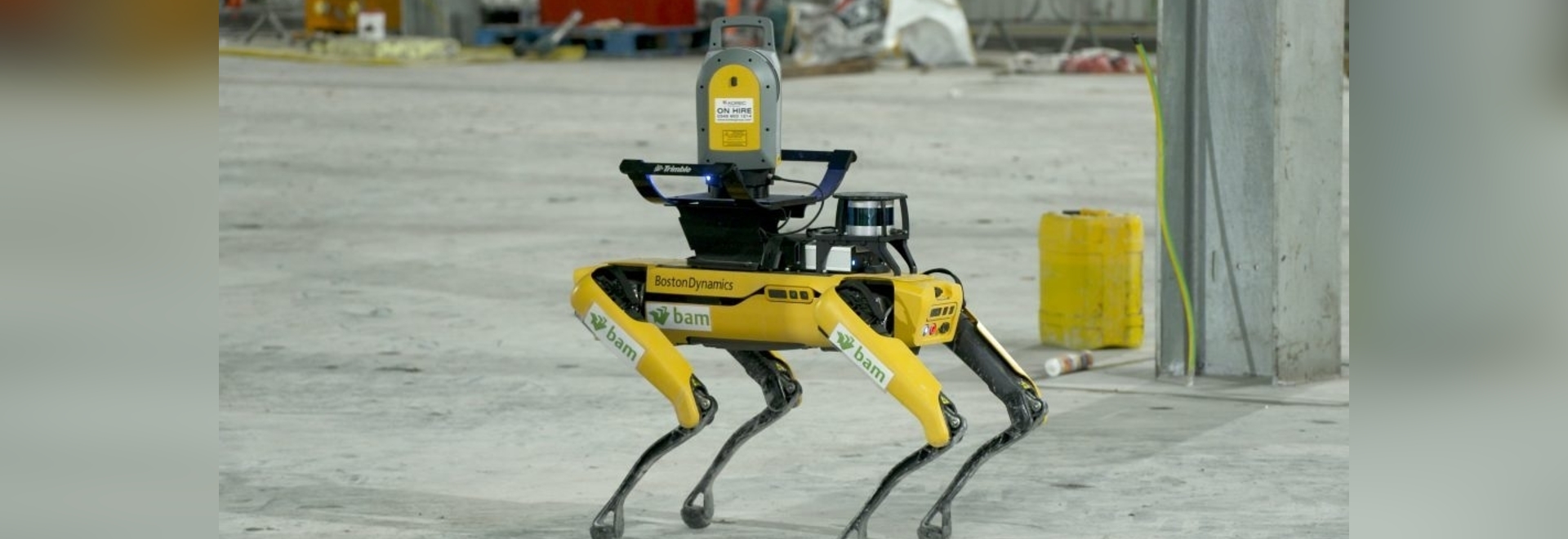
“In this case, we’re working on a converter station
so, there are lots of different buildings which then house transformers and
switch gear and so on. What’s critical for us is the flatness of the floor
slab,” says Evison. “Spot can do that survey and measure the flatness of the
floor. When you download the data, you can overlay it against your theoretical
model and it shows red or green areas, slightly higher or slightly lower
compared to where it should be.”
Evison adds that the
contractor also uses a tool which allows it to take a 360-degree photo at the
same point every day.
“We use Spot for the kinds of low value tasks where
you shouldn’t really be using a person to do it and where it is really
important to get good information,” he says.
“For a person, it’s a bit hit and miss as to where
you hold the camera and whether it is exactly the same time each day. “And
actually, is it a good use of a qualified engineering graduate to just hold a
camera in the air and take a picture?”
Moreover, Evison adds, one of the key reasons for using Spot is the
machine’s 5G connectivity capabilities. In January, the UK government announced
that BAM Nuttall was one of nine projects across various different industries
across the UK to be part of a state-funded trial to explore the potential of 5G.
Although
BAM Nuttall was only leasing its first Spot from Boston Dynamics, the company
says it has been so impressed with the robot that it has decided to buy one.
“It’s one of these things that sounds
expensive at first,” says Evison. “But when you think about it humans aren’t
cheap, they need holiday pay and feeding and transportation so it’s tricky to
do that kind of comparison. Also robots don’t complain if they have to go out
in the rain.”
And, Evison says, since the company has started using the robot, it is
discovering more and more uses for it.
